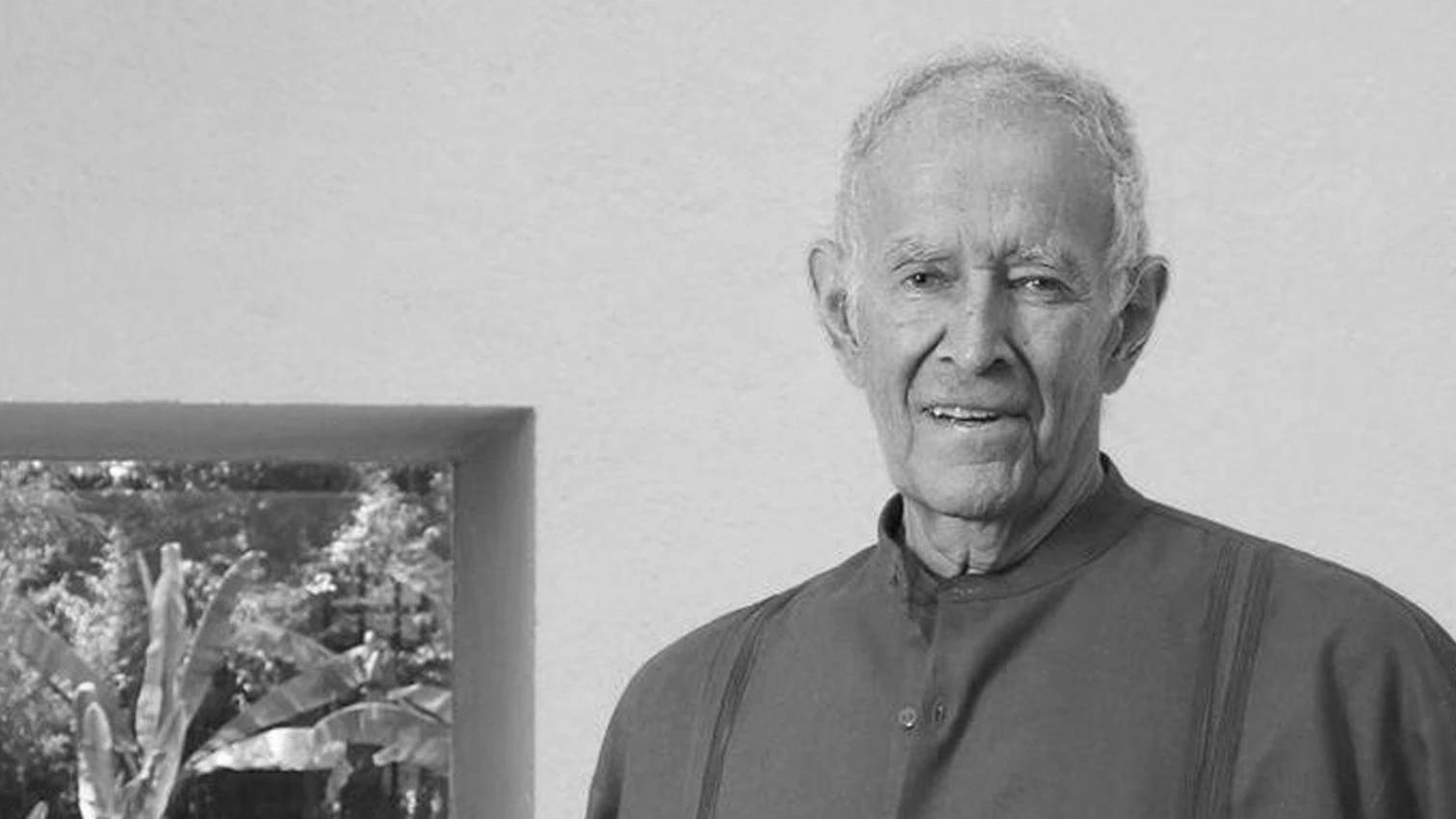
Ricardo Legorreta
In the context of its last congress, held in Beijing, the International Union of Architects laureled the Mexican Ricardo Legorreta with its gold medal, a distinction that has since 1984 singled out 'service to man and society through architecture.’ This triennial trophy has in the past gone to the likes of Hassan Fathy and Charles Correa, figures removed from the international star system whose works are planned for less favored communities. With the election of Legorreta –who affirms his understanding of architectural practice as a ‘rebellion against the discipline and the domination of the world’ over his country –the award seems to reconfirm its espousal of the alternative, although the figure of the laureate is far from being an unknown and hardly needs vindication. Inspired as much by vernacular tradition as by avant-garde abstraction, and demonstrating greater formal liberty than that of his mentor Luis Barragán, Legoretta’s architecture reaches all audiences. It offers clear shapes, vivid colors and rough textures, framing the landscape and marking sensual promenades guided by planes of light, shadow and water.






